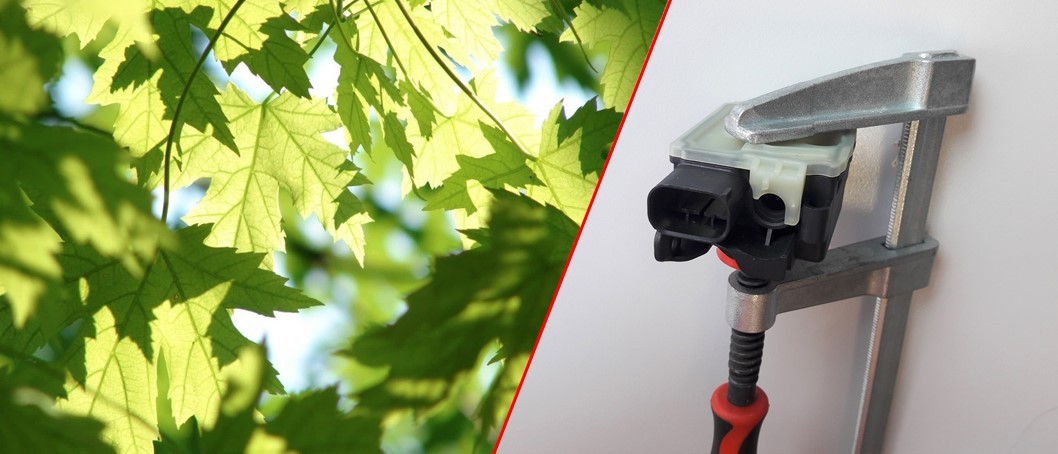Clamping parts
Besides the laser energy to melt the plastic parts, force pressing the parts together is the second important factor for a reliable welding process.
If the clamping force is too low, the two parts may not be in contact with each other everywhere, so that heat conduction from the lower to the upper part cannot take place for the welding process.
If the clamping pressure is reduced too early, a gap may occur before the plastic melt has solidified again or only slight adhesion may occur.
Pneumatic vs electric clamping
The clamping unit is usually operated with compressed air and pneumatic cylinders. The desired clamping force is set via a proportional valve and, if necessary, independently checked with force sensors. The clamping force is given by the air pressure, independent of the clamping path.
If compressed air is not available or undesired (e.g. clean room), servo motors can also be used in the clamping unit. In this case, the clamping force is a function of the applied electric current to the motor.
Part-specific tooling
To transfer the force from the clamping unit to the weld seam, a part-specific fixture (cavity, holder) and a pressure tool must be designed.
